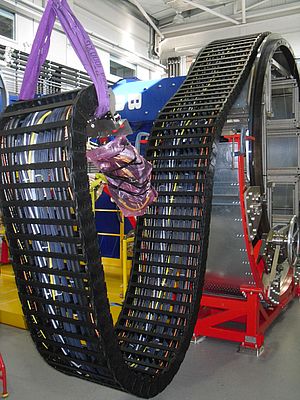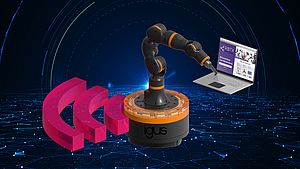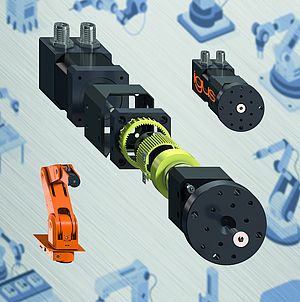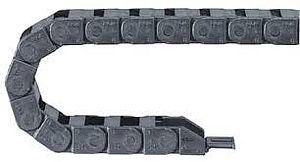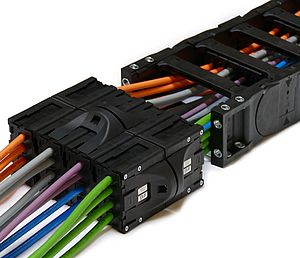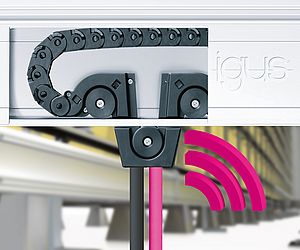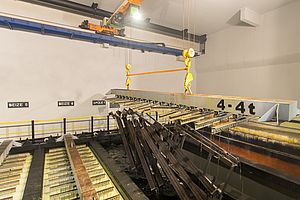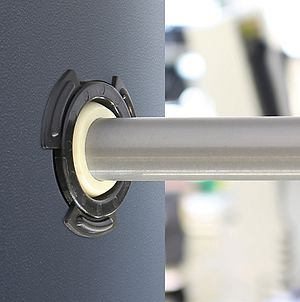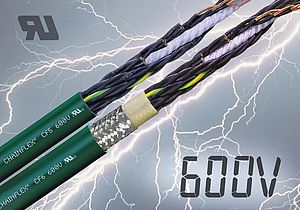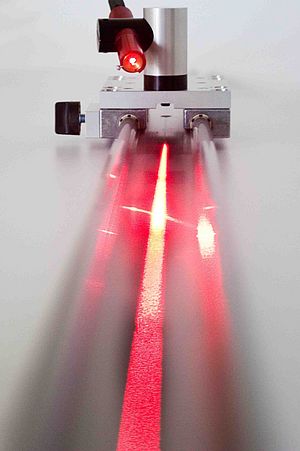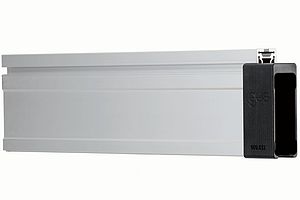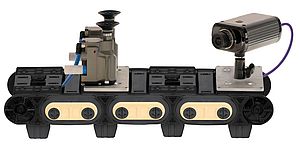A new instrument designed by engineers and scientists at the UK Astronomy Technology Centre (UKATC) has recently been shipped to the Atacama Desert of northern Chile for use in one of the European Southern Observatories Very Large Telescopes (VLT). The four telescopes when combined make one of the world's most advanced optical instruments that allows astronomers to see details of distant galaxies up to 25 times finer than with individual telescopes.
The KMOS (K-band multi-object spectrometer) instrument is expected to be an invaluable tool to investigate the physical and environmental processes that shape the formation and evolution of galaxies over time. In fact, its high multiplex capability (up to 24 sources observed simultaneously) is ideal to follow-up large statistical samples of distant galaxies.
Critical to its operation, and enabling scientists to make significant discoveries in distant galaxies, are the energy chains and flexible cables supplied by igus. The energy chain specialist's heavy duty E4 chain safely and reliably carries the instrument's services, including cooling gas pipes and power and signalling cables in the cable rotator (CACOR).
"There are three spectrographs in KMOS, which each employ eight arms that position fold mirrors at user-specified locations," explains Gordon Taylor, mechanical engineer at UKATC. "The optical and mechanical components of KMOS are also cooled to -140°C in an evacuated cryostat. Therefore there are many control electronics and a closed cycle cooler that requires cooling gas pipes in the instrument. These need to be handled carefully, so there is no risk of twisting or tangling."
There were a number of key considerations that UKATC had to take when specifying the cable management system, including its reliability and ease of installation.
"We were looking for a fit-and-forget chain, that would safely and reliably route the delicate network of gas pipes and cables around the rotary motion of the telescope," continues Gordon. "The telescope can be moved through 270° from its initial position in both directions, so another key challenge for the energy chain was its ability to carry the pipes and cables safely through 540° as the instrument turns."
UKATC considered various options and approached igus for advice on which energy chain would be most suitable for the application. igus recommended its heavy duty E4 energy chain for a number of reasons.
"Reliability was vital, given the location of the instrument in the harsh conditions of the Chilean desert where there is a low ambient temperature," explains Justin Leonard, director at igus. "The E4 chain is made from a self-lubricating polymer, and as such, it requires minimal maintenance and can be left to operate for a long time without risk of seizing. The TPE chainflex cables allow reliable flexing even at these low temperatures."
The cabling had to be guided individually and igus' E4 energy chain has a partitioning feature so the different cables and hoses can be isolated and kept separate. The interior separations are easy to use and optimised to be cable friendly - they are made up of only five wear-proof and abrasion-optimised plastic separator bars that can be combined and interchanged. As a result, there is no possibility of the cables becoming tangled.
"We have found the igus E4 chain to be incredibly easy to assemble and user friendly - the links simply click in to place," says Gordon. "We have tested the chain extensively and are confident that it holds all the cabling and wiring in place, without twisting, and will deliver excellent performance."
"We are delighted to be supplying equipment for the KMOS instrument, which will enable scientists to push boundaries and learn more about the universe," continues Justin. "Our E4 energy chain is sturdy and strong, and fits neatly around the instrument without being obtrusive, and the chainflex power and signal cables complete the cost-effective system that can rotate repeatedly with a long life span."



